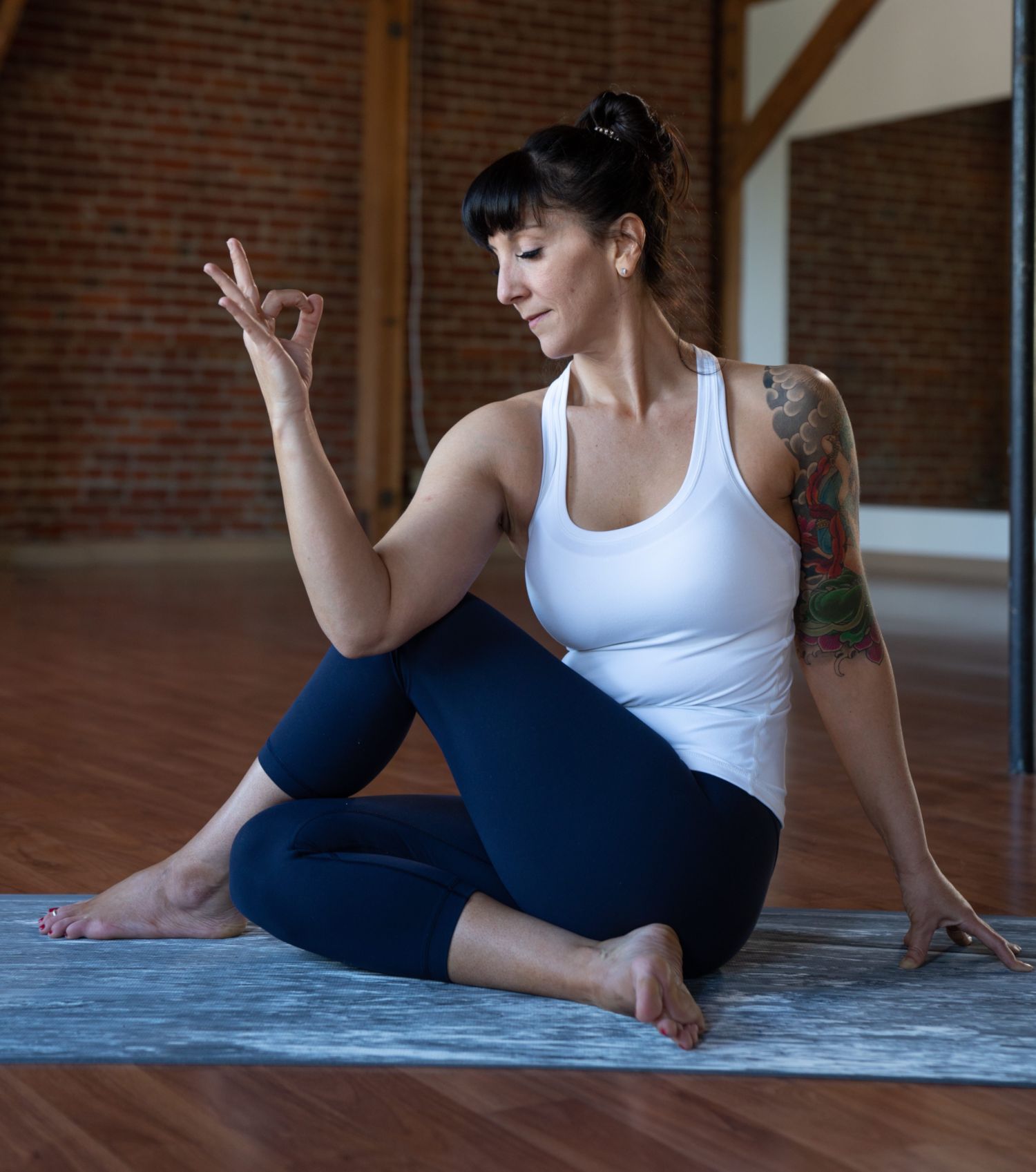My first encounter with the banana slug was on a hike at Big Basin State Park in the Santa Cruz Mountains. Under the majestic redwood trees, light filters downward to illuminate the warm and subtle colors of the forest. Forest sorrel, which look like large, three leaf clovers, carpet the base of the trees, and olive green fonds of prehistoric ferns rise up from the banks. Between the trees, the forest floor is thick with dry, ruddy, redwood needles deposited over the eons. In this muted landscape, the banana slug looks impossibly vivid. It is as large as a banana, shiny, and neon yellow. It seems to be shouting to the entire forest, “Here I am!”
Slugs aren’t usually the first animal we look to for inspiration. Our language is full of admirable, animal qualities, such as “free as a bird,” “eagle-eyed,” and “wise as an owl.” We take to creatures that are furry or feathered. We don’t want to be “sluggish.” We want to be courageous, not “spineless.” As a member of the animal family gastropoda, the banana slug is an invertebrate: it has no spine. Most people instinctively recoil from slugs. Those who garden see slugs as pests that gobble up seedlings. School mascots tend to be fierce creatures, such as lions, tigers, or hawks. Surprisingly, the University of Santa Cruz picked ariolimax dolichophallus, the banana slug, as their mascot.
When I look closer at the slug, I see it glisten and move slowly, its tentacles waving. The bizarre appearance of the slug makes you question its reality. I reach out to touch it and in response, the slug’s elongated body shrinks into a defensive ball covered in slime. As banana slugs are slow-moving and don’t have a protective shell like snails, their main defense is their slime. The stickiness of the slime is hard to wipe off and it contains an anesthetic. Many a child on field trips in the Santa Cruz mountains have been forewarned against licking the slugs; if you take the dare, you will find your tongue goes numb!
Banana slug slime is an engineering marvel. The slime is a liquid crystal that acts as both a lubricant and an adhesive that allows the slug to climb trees, as well as negotiate the dry forest floor. Slime absorbs 100 times its volume in water, allowing the slug to retain moisture. In the arid heat of long, California summers, they can encase themselves in slime to lie dormant for months.
Present in the coastal forests from Santa Cruz to Alaska, banana slugs are an important part of the redwood-forest ecology. Banana slugs are the forest’s uber-recyclers: they feed on decomposing matter, leaves, mushrooms, animal droppings, and even dead animals. They generate nutrient rich-fertilizer, which keeps the soil rich, and, in turn, supports trees and germinates seeds.
To see the banana slug is to know that you, too, can magnificently stand out in the middle of a muddy world. You can be courageous amidst untold dangers, yet capable of defending yourself. You can wait out the dry spots in your life. You can slide easily over the rough edges that inevitably stand in your path or scale impossible heights. While some may find your innate properties off-putting (and want to avoid you), know that you are a vital part of this world. So, take a walk in the wilds of the Santa Cruz mountains, view the wondrous banana slug, and learn that you, too, can fearlessly shine in the forest of your life.














